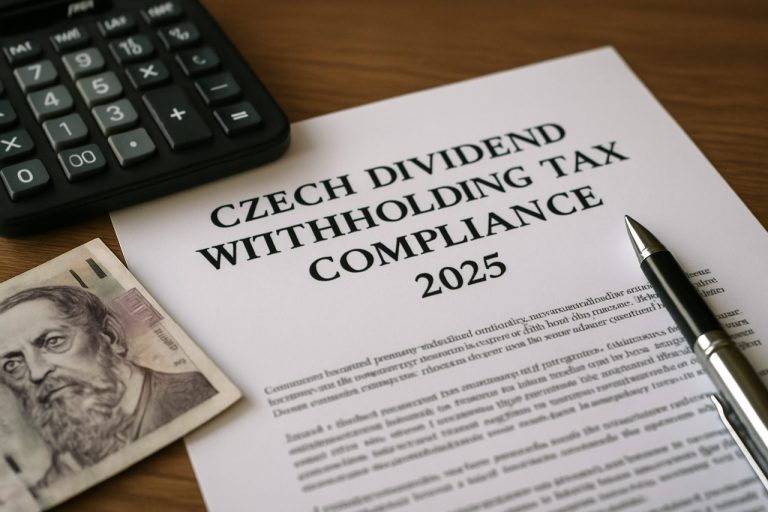
- Cambodia’s progressive tax system aims to balance economic growth and social equity by imposing higher rates on larger incomes.
- This system supports public services, funding infrastructure projects like schools and roads, especially in rural areas.
- For small business owners, such as local cafés, the progressive tax offers lower initial rates but could increase burdens as businesses grow.
- Critics highlight potential downsides, including complex regulations that may inhibit business growth and deter foreign investors, as well as the risk of tax evasion.
- The overarching goal is to distribute wealth fairly, fostering a narrative of growth while demanding careful implementation to ensure fairness and encourage prosperity.
Nestled between ancient temples and burgeoning skyscrapers, Cambodia showcases a tapestry of tradition and modernity. Now, this Southeast Asian nation is weaving a progressive tax system into its economic fabric, aiming to strike a balance between growth and equity. The government envisions a fiscal landscape where the affluent contribute proportionately more, funding essential services while narrowing the wealth gap.
Visualize the Scene: Siem Reap’s vibrant night markets bustling with tourists juxtaposed against Phnom Penh’s sleek business districts. Here, the progressive tax system seeks to address the vast disparities in wealth and opportunity. This economic mechanism charges a higher rate on larger incomes, theoretically redistributing wealth more fairly across the population.
Small Business Struggles
For small business owners, a progressive tax presents both challenge and opportunity. Imagine a bustling café, aromatic with the scent of freshly brewed Khmer coffee. The owner, a local entrepreneur named Sopheak, navigates the nuances of the tax code. Sopheak’s establishment serves regulars from dawn until dusk, and his earnings fluctuate with the seasonal tides of tourism. While he benefits from lower tax brackets, dreams of expansion reveal a potential burden. If Sopheak’s earnings breach the next threshold, his effective tax rate increases, squeezing precious capital.
A Win for Public Services
Meanwhile, new schools rise from rural landscapes, and roads stretch further into remote provinces, projects funded by tax revenues. The promise of improved infrastructure offers tangible hope. Children in Kampong Cham gain access to education facilities illuminated by electric lights, a transformative shift from studying by candle flicker. For these communities, progressive taxation isn’t just a policy; it’s a path to opportunities previously out of reach.
Critics and Conundrums
Critics argue over complexities within the tax system that could inhibit business growth and deter foreign investment. Some claim the burden on higher earners might drive them to seek loopholes or relocate money elsewhere, draining the nation’s fledgling economy. Others contend the redistributive goal, while noble, requires a robust enforcement mechanism to prevent evasion and ensure fairness.
Takeaway: Striving for Balance
Progressive taxation in Cambodia embodies a nationwide push towards equity, where the fruits of economic success are shared more widely. It’s a narrative of aspiration, challenges, and growth. However, just as Angkor Wat stands testament to the architectural genius of ancient times, today’s policymakers must craft a system that withstands scrutiny and spurs prosperity.
As Cambodia ventures further into the labyrinth of fiscal reform, one truth remains stark: the pursuit of a fair tax system mirrors the journey towards justice and equal opportunity itself—unfolding step by calculated step, with each decision bearing the potential to reshape the society it serves.
The Hidden Dynamics of Cambodia’s Progressive Tax Revolution
Introduction
Cambodia is at a pivotal moment as it integrates a progressive tax system into its economic framework, balancing tradition with modernity. This financial reform endeavors to narrow the wealth gap, encourage equitable contributions from the affluent, and fund crucial public services.
Understanding Cambodia’s Progressive Tax System
Cambodia is adopting a progressive tax system, where tax rates increase with income. This structure aims to distribute wealth more equitably, funding public services like education and infrastructure. The nation’s economic policy resonates with a global trend where countries seek to mend income disparities and promote sustainable economic growth. You can explore more about economic policies in Southeast Asia on World Bank.
Impact on Small Businesses
A practical lens focuses on small businesses like Sopheak’s café, facing fluctuating tax implications related to seasonal income variations. Entrepreneurs must be adept in managing their finances, understanding that crossing income thresholds may increase their tax liabilities. The dual nature of a progressive tax means Sopheak enjoys lower taxes initially, but expansion brings financial challenges due to increasing rates, impacting cash flow and growth strategies.
Public Benefit Through Enhanced Infrastructure
Progressive taxation is funding the development of essential public infrastructures such as schools and rural roads. This revenue allocation addresses educational disparities, providing electricity to areas that previously lacked such resources and transforming learning environments from candle-lit rooms to well-illuminated classes. Improved infrastructure not only enhances daily life but also paves the way for community growth and opportunity.
Challenges and Criticisms
However, the system is not without issues. Critics highlight the potential negative impact on business growth and foreign investment. High earners may seek tax evasion opportunities, posing challenges to enforcement. Effective administration and robust anti-evasion strategies are essential to uphold the system’s integrity.
Addressing Pressing Questions
1. How can small businesses navigate the progressive tax system?
– Actionable Tip: Engage with financial advisors to understand tax obligations and benefits fully. Consider software that tracks income and expenditures to stay informed about tax brackets and potential liabilities.
2. What are the economic consequences of progressive taxation for Cambodia?
– While it may initially strain high earners and businesses, the long-term benefits include a more equitable society, improved public services, and infrastructure that could stimulate economic stability and growth.
3. Can Cambodia’s system prevent tax evasion?
– It’s crucial for Cambodia to implement a transparent, enforceable tax framework leveraging technology for tracking and compliance, following models from countries with successful progressive tax systems.
Looking Ahead: Future Outlook
Cambodia’s progressive tax initiative reflects a broader aspiration for economic equality and development. The system’s evolution will likely focus on refining tax policies, increasing transparency, and ensuring sustainable economic practices. As other nations continue to experiment with fiscal reforms, Cambodia’s approach could evolve into a model of sustainable tax policy within the region.
Conclusion: Striking a Balance
The journey towards an equitable tax system requires careful navigation and refined strategies. The Cambodian government’s efforts in promoting fairness and reinvesting in society are noteworthy. For individuals and businesses, understanding this tax system’s nuances and implications is key to leveraging its benefits—ensuring improved infrastructure and opportunities.
For more on Cambodia’s economic initiatives, explore the Asian Development Bank website.



